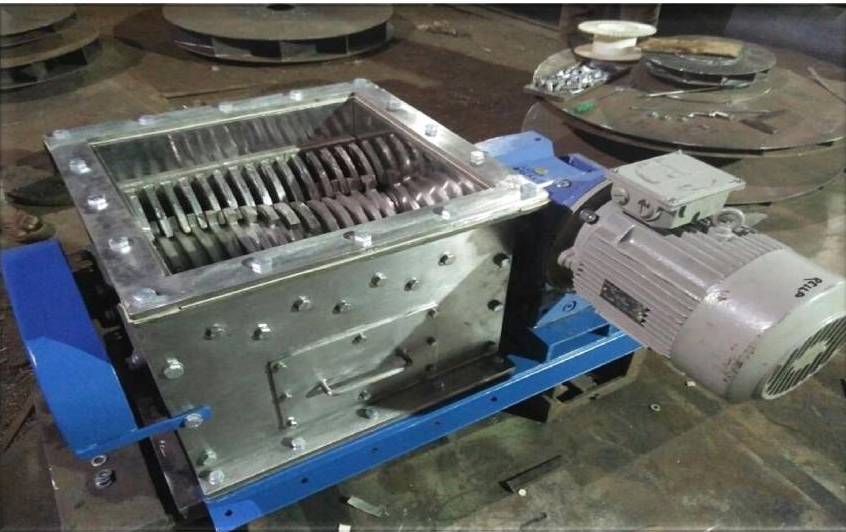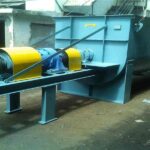There are many factors to consider when shopping for and comparing lump breakers for your operation. How do you know exactly what you need or if you’re buying from a reputable company? Do you know if you’re getting a machine that will offer reliability, performance, and safety? The following guide will help you know what questions to ask and what to look for to make sure you choose the proper lump breaker for your particular needs.
Lump breakers are machines that use impact, shear, compression, or abrasion to reduce a variety of solid products to a desired particle size range. Companies are often looking for a high-end industrial machine to assure their material is processed in the most effective, cost-efficient, and safe way, and if necessary, a machine that meets any regulatory or sanitary requirements. The type of lump breaker needed will
depend not only on the properties of the material to be reduced, but also on what will be done with the material once it is processed.
Crushers are used to reduce the product as a final step in the production or to condition the product before further processing can be done. They also can eliminate blockages, break agglomerates down to their original particle size, or help in discharging bins and silos. For liquid systems, an inline crusher can be used to enhance liquid flow, protect pumps, and enhance and expedite dissolving and mixing processes. Knowing what happens in the stage after the lump breaker or if it is important to maintain a process pressure or temperature is often important in selecting a suitable machine. A quality lump breaker can improve the material flow properties and feeding of bulk and powders.
Lump breakers are commonly used in the food and chemical processing industry thus the need to know the right lump breaker design suitable for your industry use.
They are often used to break up lumpy product that has formed during storage.
It is typically found in the following operations:
- Discharge point of raw materials
- Manual bag emptying stations
- Discharge point of storage silos or containers
In this article, we’ll give you tips on how to choose the right lump breaker design for your industry needs. However, let us begin by understanding some basic facts about lump breakers.
Lump breaker working principle
How does a lump breaker work?
Lump breakers are made of a rotor and a stator. The rotating part is typically designed with one shaft on which are welded pins. The stator part is also made of pins, sometimes called “comb”, the rotating pins are passing in between 2 static ones.
The fine powder is flowing easily through the machine, in between the pins, and with the rotation of the pins. However, lumps are stuck in between pins and crushed. The fineness of the product obtained is then a function of the gap in between the pins. Some more specific designs are using 2 rotating shafts, counter rotating, with the “combs” on the side of the lump breaker. Some other designs are using principles closer to hammer mills with some kind of beaters and a perforated plate allowing to size the material leaving the breaker.
Lump breakers design parameter taken care:
- “Comb” design
- Shafts
- Shaft speed
- Drive
- Product feed
- Product discharge
- Standalone lump breakers
Customized lump breaker:
Lump breakers are designed by our engineering office in collaboration with our clients to meet their needs and expectations. The design team can offer very specific solutions for your lump crusher applications according to your constraints and your flow rates. We define with your customized solution after visiting your site and according to your detailed specifications.
Lump crusher integrated features:
• Blades or knives.
• Passage of the product dimension.
• Engine speed fixed or variable
• Controller of rotation
• Steel or stainless steel construction
• A chain drive or gear
• Contact safety




